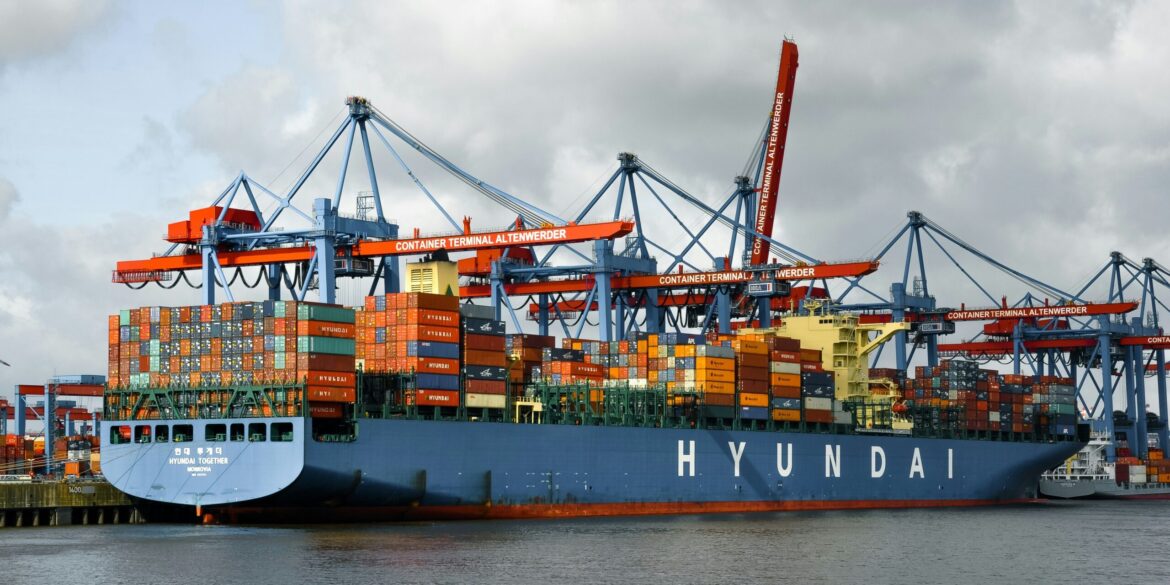American investment in semiconductor manufacturing is accelerating, as industry leaders and policymakers seek to reduce reliance on foreign supply chains and strengthen domestic capacity for advanced chips. The latest wave of expansion announcements underscores how geopolitical pressures, rising demand, and government incentives are converging to reshape the U.S. semiconductor landscape.
In the past quarter, multiple companies have revealed new or expanded commitments to U.S.-based fabrication plants. One prominent chipmaker announced plans to invest an additional $3 billion in upgrading its Arizona facility, expanding production for advanced process nodes critical to high-performance computing and artificial intelligence. The project will add cutting-edge capacity and support the broader push to secure a foothold in technologies that power everything from data centers to next-generation smartphones.
Read Also: https://nyreview.com/consumer-tech-and-manufacturing-drives-early-trading-optimism-july-28/
Another firm is in the late stages of evaluating new sites in Texas and Ohio, with executives citing lower energy costs, favorable tax conditions, and the availability of supporting infrastructure. Both states have already attracted significant semiconductor investment under the CHIPS and Science Act, passed in 2022, which provided billions in subsidies to encourage domestic chip production. Local officials are lobbying aggressively, positioning their regions as hubs for the next phase of semiconductor expansion.
The uptick comes at a time when global supply concerns remain high. Pandemic-era shortages exposed vulnerabilities in U.S. access to chips, with ripple effects across the automotive, consumer technology, and defense industries. Supply bottlenecks forced production slowdowns, delayed product launches, and highlighted the risks of over-reliance on overseas foundries, particularly in Taiwan and South Korea. While supply conditions have improved since 2022, industry leaders warn that escalating geopolitical tensions continue to threaten the stability of semiconductor flows.
Analysts see the new investments as a strategic step toward strengthening resilience. By localizing production, companies aim to shorten supply chain lead times, reduce exposure to overseas disruptions, and support national security priorities in defense and critical infrastructure. The U.S. Department of Commerce has repeatedly emphasized that semiconductor independence is essential not only for economic competitiveness but also for technological sovereignty in an era defined by artificial intelligence, advanced communications, and quantum computing.
Yet the road ahead is far from smooth. Building and upgrading fabs is one of the most capital-intensive endeavors in modern industry, with single facilities costing upwards of $10 billion to $20 billion. Beyond capital costs, workforce shortages present a significant hurdle. Semiconductor fabrication requires highly specialized engineers and technicians, and universities are racing to expand training pipelines. Industry groups have urged further federal support for workforce development to ensure new plants are adequately staffed.
Infrastructure is another pressing issue. Chip plants consume vast amounts of water and power, straining local utilities. Regions pursuing new facilities are investing heavily in water recycling systems and energy capacity upgrades, but experts warn that without coordinated planning, bottlenecks could undermine the long-term viability of the expansion. Environmental concerns also persist, as communities weigh the trade-offs of industrial growth against sustainability goals.
Despite these challenges, momentum remains strong. The CHIPS Act, along with additional state-level incentives, has created a favorable climate for investment. Analysts say the U.S. is poised for a generational shift in semiconductor production, one that could begin to rebalance the global manufacturing map. While it will take years for these investments to bear full fruit, the trajectory is clear: American chipmaking is entering a new era of expansion, driven by both necessity and opportunity.
For now, the industry’s renewed commitment offers reassurance to sectors dependent on steady chip supply. If sustained, the current wave of investment could help ensure that the next time global supply chains falter, the U.S. is better prepared to withstand the shock.


